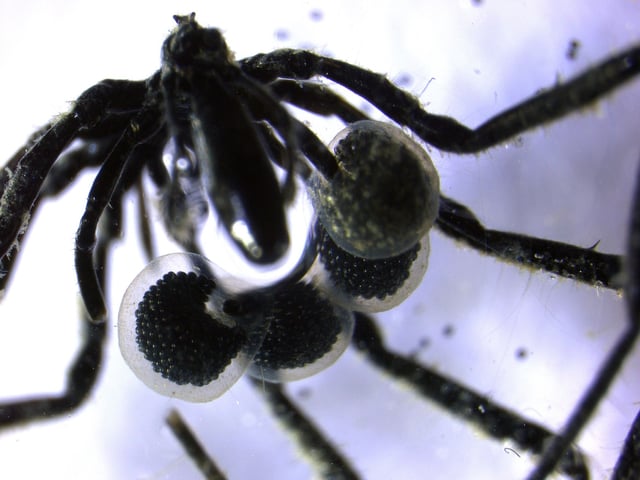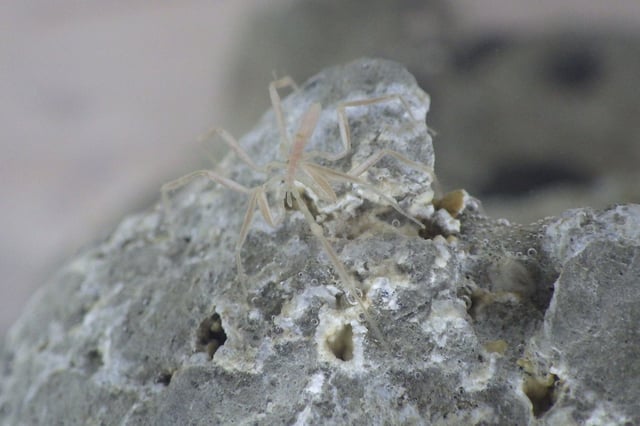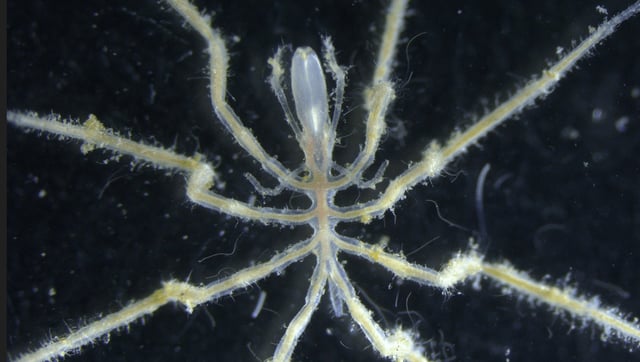Overview
- Researchers identified three previously unknown Sericosura species inhabiting methane seeps thousands of feet below Southern California and Alaska
- The tiny, translucent spiders lack prey-capturing appendages and sustain themselves by grazing bacterial communities on their exoskeletons
- Methanotrophic microbes convert methane into sugars and fats that feed the spiders while preventing the gas from reaching the atmosphere
- Each species occupies highly localized habitats, highlighting region-specific biodiversity in deep-sea ecosystems
- Scientists propose that cultivating these methane-oxidizing bacteria could inform new bioremediation techniques for contaminated water


